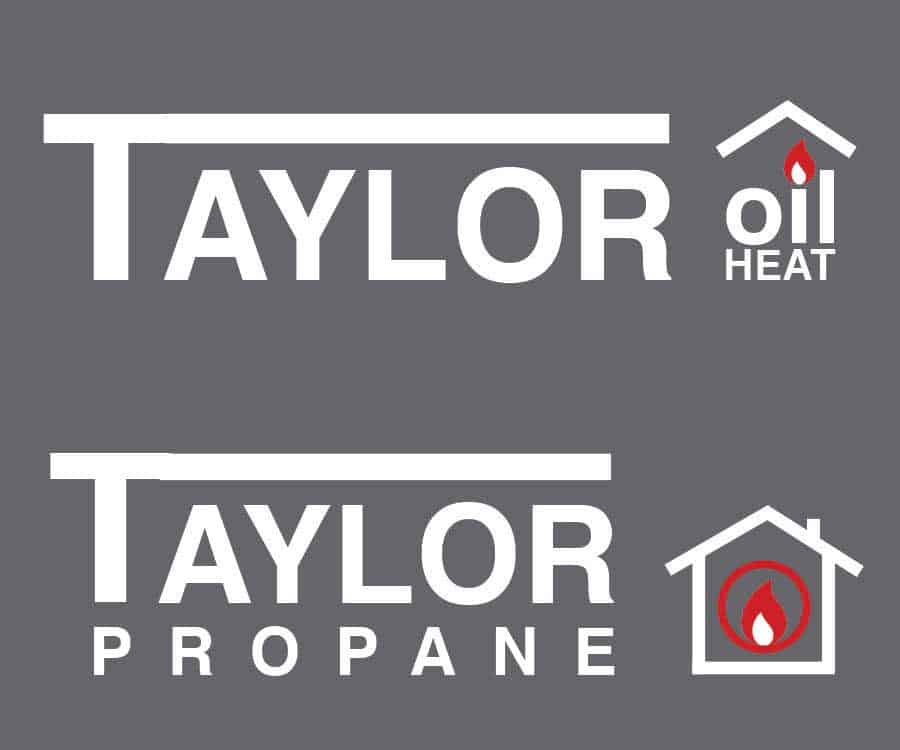Real Estate

Can’t Find a Place to Live?
Residential real estate sales transactions, dollar volumes, and prices raced upward in July surpassing levels recorded during the great real estate bubble which preceded the Great Recession in our area. At the same time, New York City’s real estate market is at a standstill with people leaving the city for Westchester, the Hamptons, the Catskills, and our region. Bloomberg reports that Manhattan apartment rents plunged in July by 10%, the biggest decrease in almost nine years with a vacancy rate at 4.33% and a supply of 13,117 rental apartments – a record high.
Meanwhile, around here, summer rentals were snapped up in April and are now drawing to an end. Where will everyone go? Some people who have been on the fence for years about buying a second home or who thought that Airbnb was better than owning are now watching Zillow to pounce on new sale listings. Houses that lingered on the market for years are finding buyers at close to asking price. New to the market properties are gone in days or weeks instead of months. Bidding wars are breaking out. And rentals across the board are almost impossible to find – and are expensive.
As of this writing, Zillow, which includes rentals by owners and brokers, lists no rentals for Pine Plains, one in Millerton, four in Amenia and Millbrook in New York, seven in Salisbury, and three in Kent in Connecticut. What rentals are available are either the very modest or the very expensive. Remember that our regional real estate market has never had a lot of rentals available. Homes are lived in by their owners and the returns on rental investment properties, especially at the mid to higher end, have never been enticing to investors. New housing construction, although now picking up, has not added a lot of units to the housing stock. The combination of Covid and working remotely has suddenly seen rental demand skyrocket at the same time that buyers are reluctant to sell or rent their homes.
With beds or without?
Furnished and unfurnished rentals are two very different markets. In the past, unfurnished rentals have been, not always but usually, rented out to local tenants who can’t buy because they are just starting out, have a low credit score, lack a down payment, etc. With low current interest rates it would be more attractive for tenants to own a modest home, but they aren’t able to swing it yet and the price of houses keeps going up.
But suddenly new renters have appeared on the scene. Everything has changed with Covid as young professionals leave New York and move north with their furniture to experience country life while working remotely. At the time of this writing, of the seven rentals listed in Salisbury only three were unfurnished listed
at around $2,500. In more affordable North Canaan there were only two unfurnished rentals at $1,100 and $2,500. Not surprisingly the least expensive rentals furnished or unfurnished are in the towns that have the least expensive housing – Torrington, Thomaston, Winchester, Watertown, and on the New York side of the border.
Generally owners rent their homes furnished on a shorter-term basis while renters in unfurnished houses may stay for years. Furnished summer rentals from Memorial Day to Labor Day bring a premium rent to help pay the taxes or the mortgage, or fund a month in Italy. Academic year rentals from September to May, especially in the vicinity of private schools, provide income to owners who may only occupy their house in the summer and spend the winter in Florida. This year furnished summer homes were all rented out by mid April with many renters wanting to arrive immediately because of Covid. School year rentals “just don’t exist” according to Elyse Harney Morris of Elyse Harney Real Estate, and there are no short-term three-month rentals.
How much could you rent your house for?
If you are located near private boarding schools the rent for a furnished home will be significantly higher than a similar home in a more remote area. Harney Morris estimates that a home that rented for $3,000 would now rent for $5,000, and a $5,000 home may now be $8,000. Pat Best, an associate broker with William Pitt Sotheby’s International Realty, said that there’s nothing to rent for under $2,500 and most houses, even if they are not fancy, would rent for $3,000 to $4,000 a month in the winter. A very private house in Salisbury has been rented on an annual basis for $6,400 monthly.
David Bain of Bain Real Estate estimates that rents have increased 20% to 30%. For renters used to paying $5,000 to $9,000 a month for unfurnished two bedroom apartments in NYC, rents here may still seem like a bargain. Brokers agree that higher sales prices and higher rental rates are not just a mere blip and will continue for some time as more Covid refugees decide to put down roots here. At the high end, for example the furnished home on Caulkinstown Road is listed for academic year rental at $16,000 a month (see photo on previous page). The owner’s agent, Brenda McLean of William Pitt Sotheby’s, explained the motivation of this particular owner: “He takes pleasure in allowing someone to rent and enjoy the property and he’ll sell later. Profit has never been at the forefront, a little of his persona and creativity goes into each of his unique projects, he rents, he sells, takes some time off, and on to the next.”
Should you rent your home yourself?
Real estate brokers would probably prefer owners handle their own rentals, especially for less expensive properties. Often brokers agree to handle rentals as a service to existing clients or friends, or to build a relationship with renters who will eventually become buyers. Usual broker fees are 10% of the rent paid over the lease period and are due at lease signing. This amount is shared between the broker who lists your property and the broker who finds a renter.
The effort required to photograph, document, list, and present the property is extensive just as showing potential summer renters an assortment of homes is time consuming. While a listing broker would receive only $1,800 on a $3,000 rental, commissions on high end summer or year round, furnished rentals can be much more lucrative. A broker will offer a landlord advice on the rental price, market the listing, and negotiate with potential renters.
Or a landlord can list a rental on Zillow for no fee, screen tenants, show the property, prepare an application, negotiate the rent, and prepare a lease. The owner also needs to be knowledgeable about regulatory requirements regarding deposit amounts, disclosures, and fair housing laws. Regardless of who finds the renter, the landlord will still have to deal with tenant complaints, maintenance, and collecting the rent.
How to find a rental?
Finding a rental in this market is not unlike advice for finding a job. First go to your own personal network, including social media posts, and tell everyone that you are looking. Try to find something before it goes on the market. If you have a relationship with a broker call them and explain what you are looking for. They may be able to help you before a listing is publicized or perhaps something is for sale that could be rented. Next check Zillow listings, and if a listing broker is indicated call that agent directly ASAP. This was the advice of a seasoned real estate broker to her own daughter who needed an apartment in Hudson, NY.
Another tactic is to look at the rental listings on area brokers’ websites. Many of these listings are not public and can’t be found on realtor.com or Zillow.
Where will evicted renters go?
There is a crisis looming that Justin Haines, Supervising Attorney at Legal Services of the Hudson Valley, described as an “oncoming avalanche.” This is the potential impact of the eviction of the 40% of renters who have not been able to pay their rent that have been protected from eviction by state and federal moratoriums. Nationally an estimated 25 million people could be evicted within the next four months, or 12% of the US population.
In Connecticut the rate is 41% of all renters, in New York 46%, and in Massachusetts only 27%. The cessation of the bonus $600 payment and continuing unemployment makes the situation even more dire. Then consider landlords who have mortgages and taxes to pay who haven’t received rent in the last five months. Evictions of tenants can happen much more quickly than foreclosing on homeowners and no one has an answer of where the still unemployed evicted renters will go. •
Christine Bates has written monthly real estate articles for Main Street Magazine since its first issue. She is a registered real estate agent in both New York and Connecticut with William Pitt Sotheby’s International.






